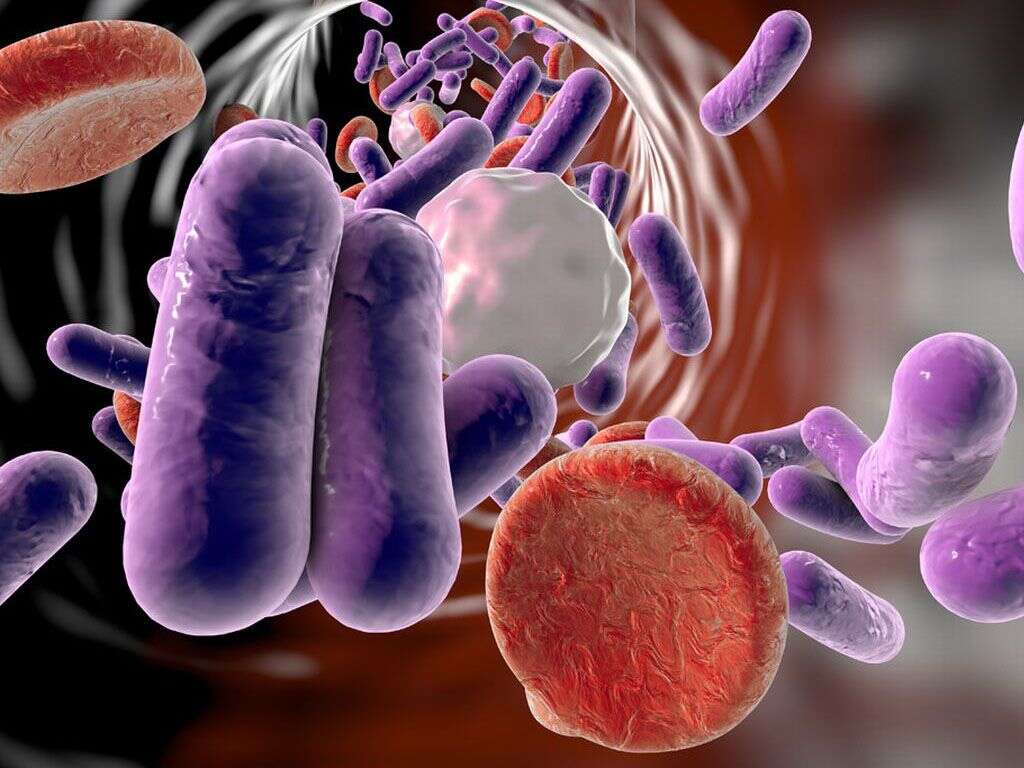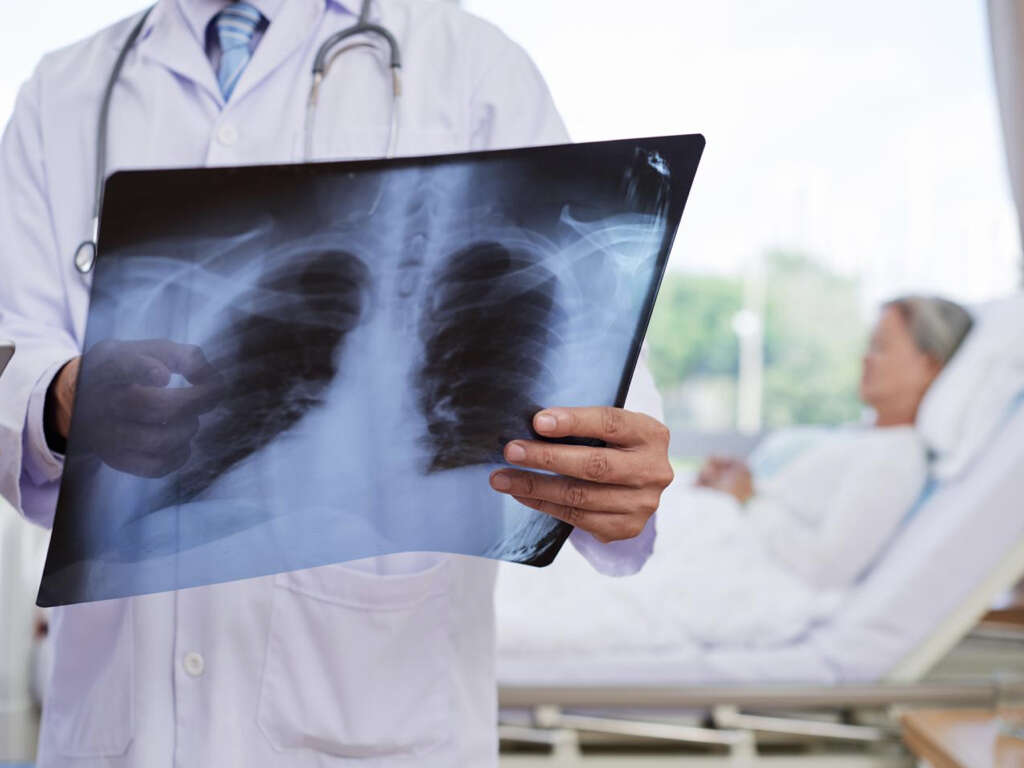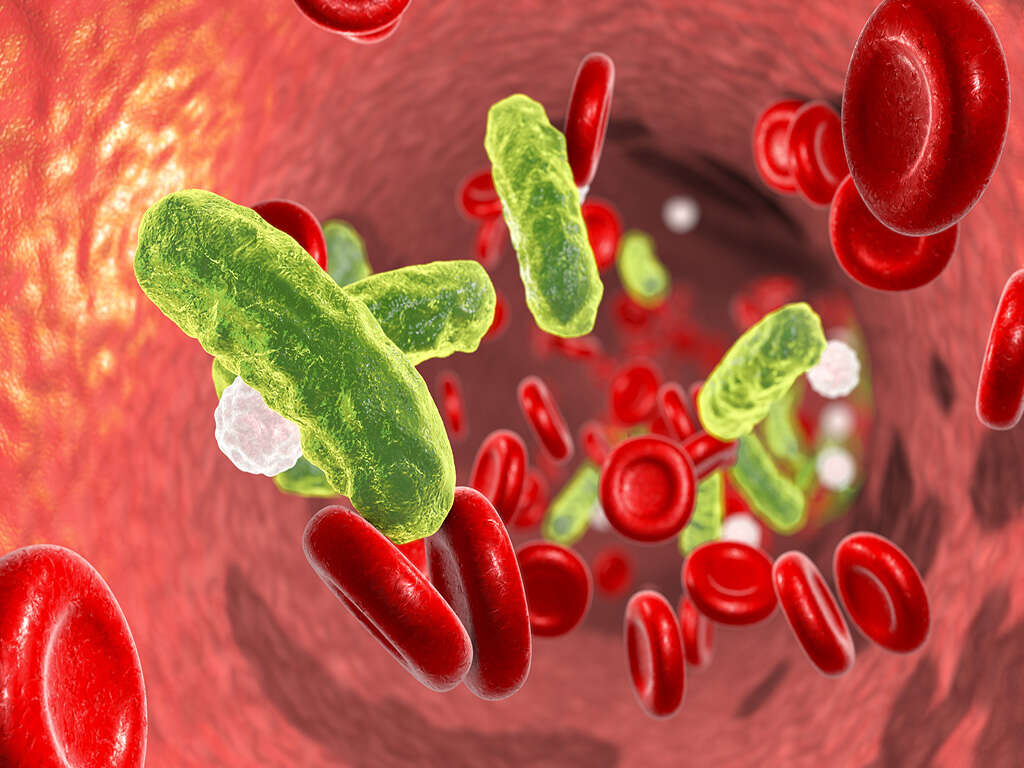10 Signs of Sepsis
If a pathogen is able to get into the body, it will usually be dealt with by our immune system. Our natural defenses are not perfect, though, and some pathogens might be able to get a hold in the body. This can lead to an infection, and this will often prompt us to go to a doctor to get medical assistance.
If an infection gets severe enough, then it can begin to spread into the blood. This causes a reaction from the body, prompting it to release a flood of chemicals to try and combat the problem. These chemicals can be harmful to the body as well as the pathogen in a condition that we know as sepsis. It can be treated if help is sought in time, but it should definitely be treated as an emergency. It could be fatal otherwise.

Sepsis Sign #1: Fever
When we fall ill, we will often be reliant on our natural immune system to keep us safe. It is our first line of defense and we will often allow it to do what it needs to do without help. Medicines are usually only used to help ease symptoms, or if the immune system is struggling to cope.
One way in which our immune system protects us is to raise the temperature of the body. The temperature is raised beyond levels that are comfortable for pathogens, slowing them or even killing them altogether. This is a phenomenon that is commonly known as a fever, and it is a common sign that you may have sepsis.

Sepsis Sign #2: Increased Heart Rate
Did you know that the average person’s heart will beat more than 2 billion times in their life? Of course, the rate at which their heartbeats will fluctuate during that time. People that exercise a lot will find that their heart will beat faster, although this is more than compensated by the fact that their hearts will beat slower when at rest.
A raised heartbeat can also be the sign of an illness, though, and it is a sign that you might have sepsis. It is caused because the increased volume of chemicals and pathogens in the blood means there is less oxygen in the blood. This, in turn, means that it is necessary for the heart to pump faster to compensate.
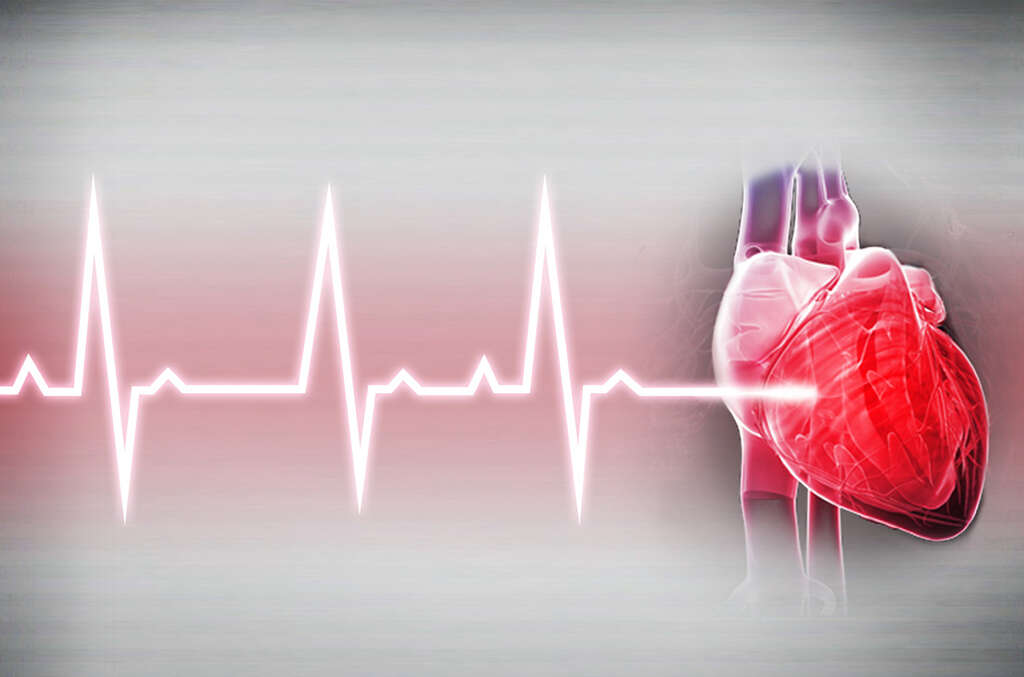
Sepsis Sign #3: Increased Breathing Rate
Your heart rate and your breathing rate will often go hand in hand. This is because both are essential components of the cardiovascular system, which is the network of tubes and organs that make sure blood is circulating through your body. Among other things, the blood carries oxygen which, of course, is taken from the air by the lungs.
With insufficient oxygen flowing through the blood, the lungs will also be called upon to help compensate. This means that we will start breathing harder and faster to try and get more oxygen into the blood. If you are struggling to breathe and you are not sure why you should consider getting emergency assistance.
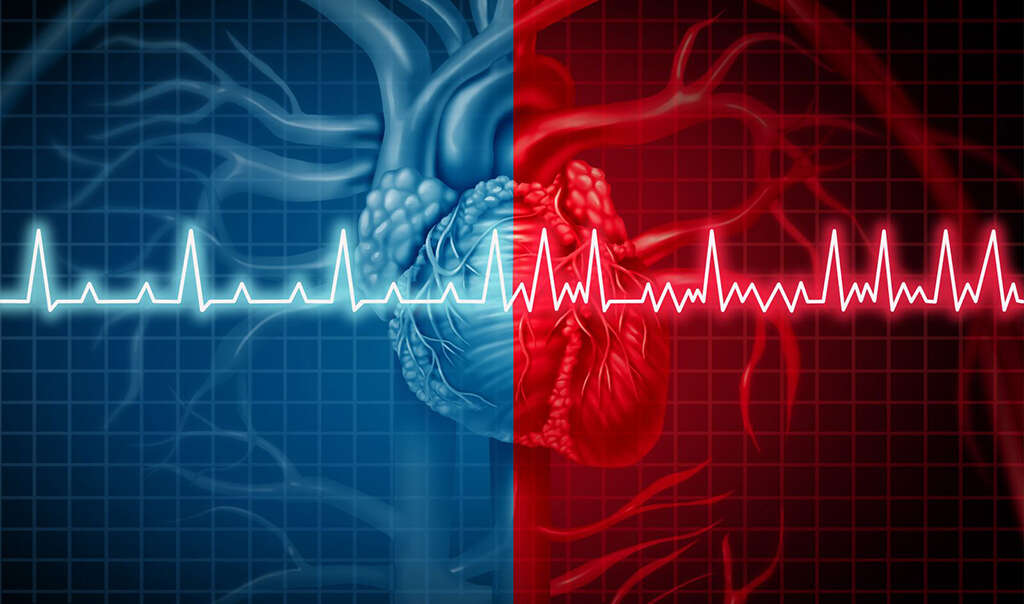
Sepsis Sign #4: Infection
Sepsis is caused by the body reacting in a severe manner to infection. With this in mind, for sepsis to occur, there would need to be an infection in the body first. Knowledge of an existing infection will often help a medical professional to come to a diagnose quickly. Further tests may also be undertaken to confirm the diagnosis.
Most people would be aware that they already have an infection, but this is not always the case. Infections are often visible through the presence of pus, but they can also lie within the body. A sore red patch that is hot to the touch can also be a sign that you have an infection.

Sepsis Sign #5: Urinating Less
Urine is a waste liquid that has been filtered from the blood by the kidneys. It tends to contain toxins that are potentially harmful to us, making the kidneys a very important part of our bodies. If they were to fail, then the toxins in the blood could kill us. If you have sepsis, though, then the functioning of the kidneys can be at risk.
Even though you may be sick, your body will still need to extract toxins from the blood. Indeed, it could even be more important than usual, especially with so many chemicals and pathogens present. If you find that you are urinating less frequently, it could be a sign that sepsis is preventing your kidneys from working properly.

Sepsis Sign #6: Discolored Skin
You can tell so much about a person’s overall health just by looking at their skin. If they are looking too pale or too flushed than it’s likely they are unwell. The same can be said for skin that has a rash or is blotchy somehow. One sign of advanced sepsis is that the patient will develop patches of discolored skin.
If you are suffering from sepsis and you find odd colored patches on your skin then this is a sign that the condition is at a serious stage. You will need to get to an emergency room as soon as you can. Doing so quickly could well mean the difference between life and death.

Sepsis Sign #7: Chills
It is not uncommon for us to experience chills when we are ill. As with some other symptoms, they are a result of our body fighting to protect us from the disease. We may not like them but chills can be reassuring in that they let us know that our body is still fighting for us. This is not always the case, though.
In cases of sepsis, a person can feel cold because their body temperature plummets. This is different to the chills that are caused when the body wants to create a fever. This is a very serious sign and a clear indicator that the patient needs urgent medical assistance.

Sepsis Sign #8: Weakness
We tend not to feel at our strongest when we are ill in general. We will usually just want to sit down or maybe even just go to bed. It is often to be expected and nothing to be overly concerned by, but if it gets too severe then it can really be a reason to be worried.
Patients with sepsis will often complain that they have no energy and that they feel physically weak. Patients will also often complain that they feel weak even sometime after the sepsis has gone. If you do suddenly feel unusually weak without explanation then you should arrange to see a doctor to get it checked out.

Sepsis Sign #9: Very Low Blood Pressure
Our blood needs to be pumped at a certain pressure if it is able to circulate around the body. Otherwise, you will find that the body will have difficulty supplying oxygen and nutrients to the rest of the body. This can be a real problem and is something that should be treated as urgent.
Very low blood pressure, when associated with sepsis, is a sign that the patient has gone into septic shock. This is a very serious condition and the patient’s very life is highly at risk at this point. You should have no hesitation getting them straight to the nearest emergency room.

Sepsis Sign #10: Organ Failure
Our organs perform various essential roles within our bodies. They help us to breath, help move blood around our body, help to clean up toxins, and perform so many more important jobs. If they were to stop working for some reason, then we would find ourselves in a lot of trouble.
If sepsis gets serious enough, then it can cause the organs to begin to fail. This is obviously an extremely urgent situation that requires immediate medical assistance. By this time, the patient is usually in a hospital anyway. With the right care, they can still recover but it will be fatal if help is not available.





